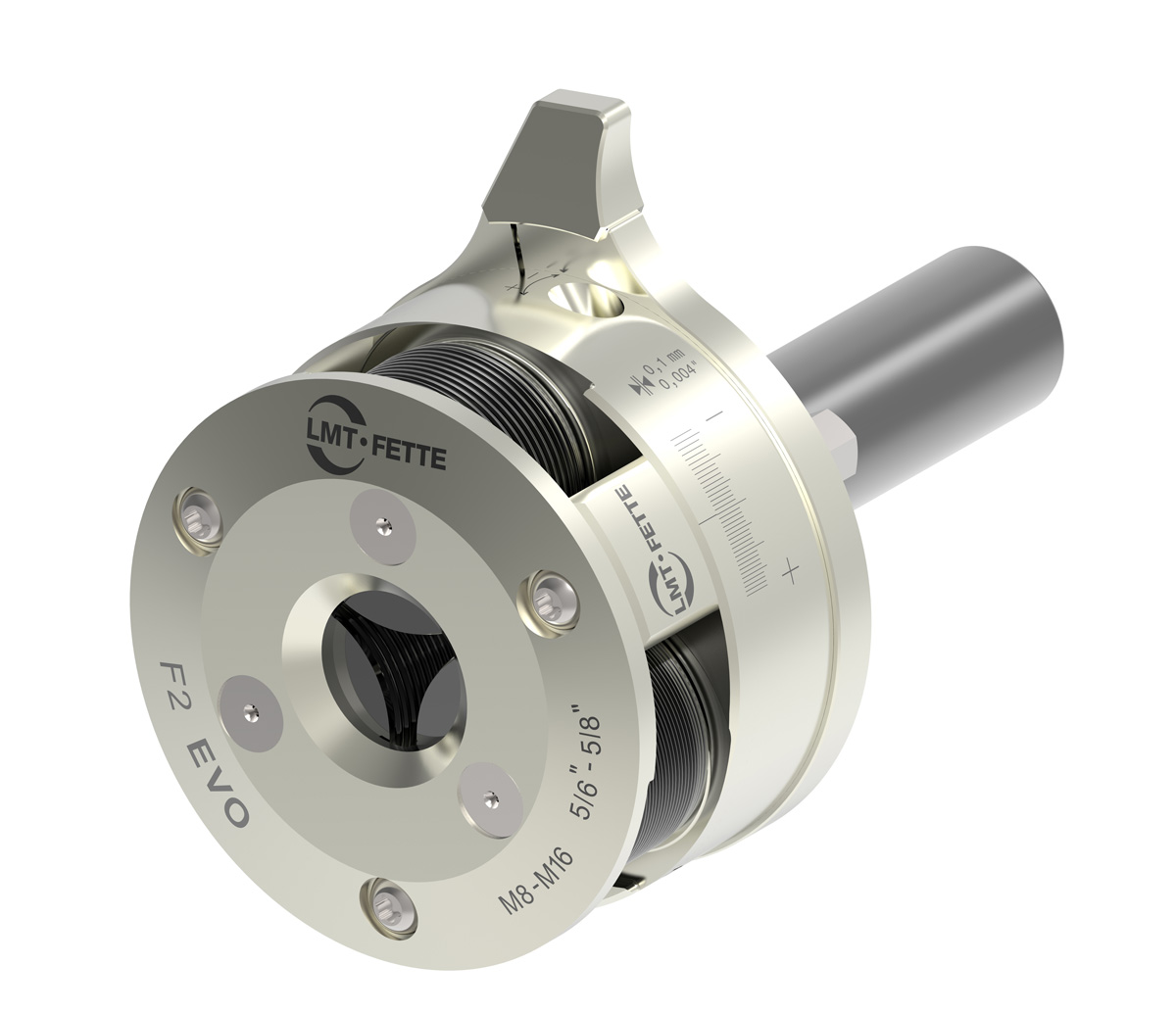For many CNC applications thread rolling is the best choice for creating higher quality external threads in one pass without chips. The technology has spanned years on multi spindle machines, engine lathes and dedicated thread rolling machines. CNC machines can particularly benefit from rolling technology in dramatically reduced cycle times with equally dramatic thread quality improvement. Single point threading on a CNC machine has an advantage when parts production volume is small. This advantage disappears when volume increases. Frequently even in low volume production, rolled threads are specified by the end user due to the quality issue of the threaded part.
Aviation and military parts are frequently specified as a rolled thread regardless of lot size. The technical advantages of a rolled thread are dramatic. Since rolling is a cold forging process it yields no chips and typically requires 90% less cycle time to produce a thread. The rolling process creates much higher yield strength in the material as well as far improved surface finish. These characteristics have made the process important in today’s automotive plants. Rolled threads exhibit higher strength, greater wear resistance, greater corrosion resistance and greater galling resistance. Qualities desired by automakers to minimize warranty failure. Valve stems are an excellent example of a threaded part that benefits from corrosion resistance. A rolled thread maintains better accuracy from part to part than a cut thread simply by removing the wear aspect of a cutting tool that allows cut dimensions to drift. Consider an automotive application that uses a single point machine cut thread in a blazing 4.8 seconds of cycle time. We can all agree this machine time is impressive but let’s roll the thread with a radial head in 0.2 seconds.
Can 4.6 seconds per piece in cycle improvement impact cost over 5 million parts?
Can better part quality with lower recall potential excite a manufacturer?
Most external threads regardless of description can be rolled. Most materials, even the difficult to machine, can be rolled with ease and efficiency. Unlike cutting, tool changes decrease dramatically with rolling. This adds yet another dimension to cost savings by reducing time for insert indexing. While you currently are not building space stations, supersonic aircraft or nuclear submarines if your rolling threads your sharing their technology.
